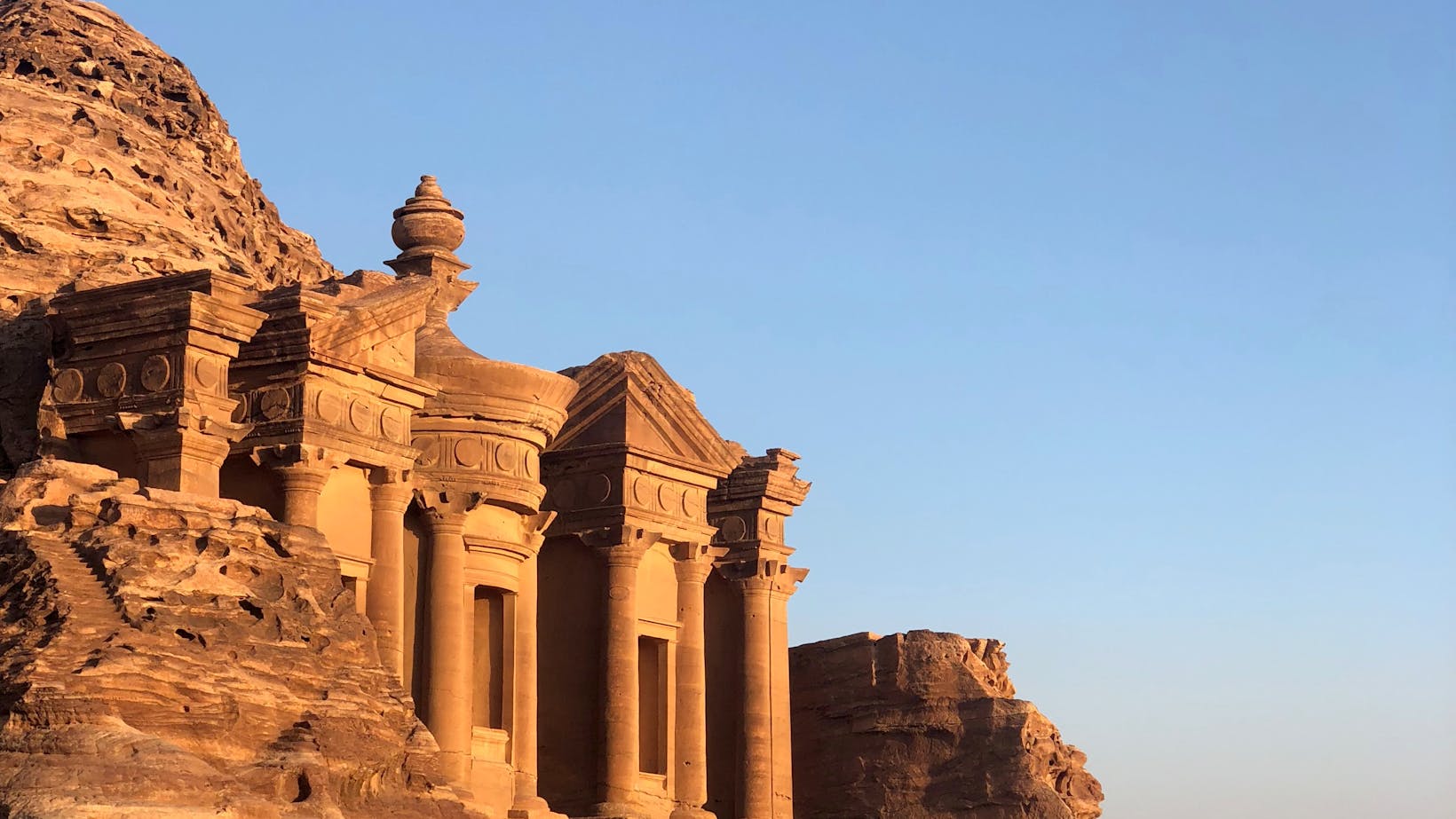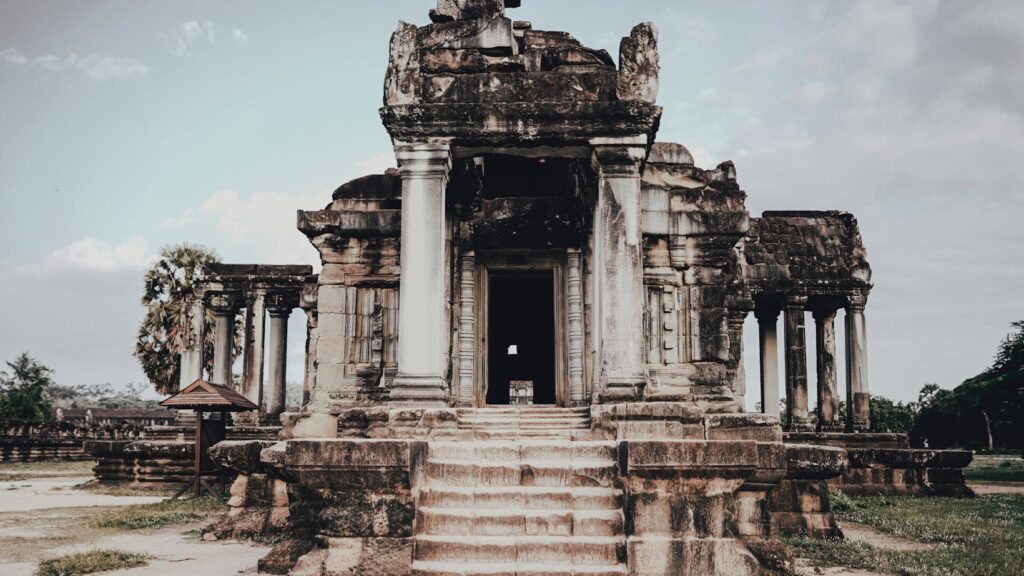Beneath the bustling streets of our world’s oldest cities lie a labyrinth of history – the famous catacombs. These ancient, subterranean burial sites whisper tales of bygone eras, shrouded in mystery and intrigue.
Catacombs Peru
Catacombs owe their origins to a seemingly universal human concern: respectful interment of the dead. Found across various geographies, it was in 2nd Century Rome that the catacombs’ purpose evolved from merely being an underground burial system. It transformed into a sanctuary, a place of memorial for deceased, and bear monumental inscriptions and artwork that offer insights into early Christian symbology.

Prominent cities exemplify this transformation in Catacomb’s usage over centuries. For instance, Paris’ catacombs were 17th century limestone quarries converted into ossuaries in the late 18th century following the overflow of the city’s inadequate cemeteries. In comparison, Rome’s extensive Catacombs of San Callisto housed nearly 500,000 individuals, a figure highlighting the significance and scale of these underground cemeteries.
Famous Catacombs: An Insight
Delving deeper, one discovers a handful of these historical catacombs whose grandiosity and significance surpass others. Among them, Paris Catacombs stand distinct. Initially a cluster of limestone quarries, this sprawling underground network, with walls engirdled by endless stacks of bones, attracts myriad visitors yearly.
Rome also boasts noteworthy catacombs. The Catacombs of San Callisto, revered for their vastness, served as a burial site for half a million Christians, including nine popes. Decrypting the intricately etched symbols on the walls offers valuable inspection into early Christianity.
Sicily’s Catacombs of the Capuchins add to this fascinating repertoire. A repository of skeletal mummies, meticulously arranged in niches, it reveals another variant of catacomb utilization.

In Egypt, Catacombs of Kom El Shoqafa provide a unique mix of Roman, Greek, and Egyptian architectural styles. Identified as one of the Seven Wonders of the Middle Ages, its labyrinthine layout and mythological depictions highlight diverse burial practices in antiquity.
The Artwork and Symbolism in Catacombs
Catacombs provide a labyrinth-like gallery filled with remarkable artwork and symbolism. In Paris Catacombs, for example, skeletal arrangements form artistic representations, emblems of death yet oddly beautiful. It’s art intertwined with morbidity, presenting a juxtaposition hardly seen elsewhere.
Rome’s San Callisto showcases fresco paintings, a technique standing testament to early Christian art. Iconic images of Jesus Christ, depicting Him as the Good Shepherd, connect the painting and burial space, echoing beliefs of eternal life. Sicily’s Capuchin Catacombs takes a distinct approach, using clothing to demonstrate socio-economic status, an unmistakable testament to societal ranks.
Egypt’s Kom El Shoqafa Catacombs offer a symbol-rich set of artwork. Images blending Egyptian and Greek mythologies, present a unique multicultural statement of unity in demise. Through these catacombs, art and symbolism extracted, step into the world of their vanished creators. Mapping the intricacies in catacomb artwork helps decode stories and philosophies enclosed within their murky depths.
Exploring the Mysteries of Catacombs
Even as catacombs offer intriguing insights into past civilizations, they’re shrouded with enduring mysteries. Unanswered questions revolve around their construction methods, unexplored sections, and dedicated craftspeople. For instance, the Paris Catacombs built in the 1780s, stretch for over 200 miles, yet, only a small fraction is accessible to public. Similarly, the Catacombs of San Callisto house dozens of martyrs, 16 popes, and innumerable Christians, but the identities of many remain undiscovered.
![]()
Over in Sicily, the Capuchin catacombs showcase a haunting display of bodies naturally mummified in friars’ clothes, inducing speculations about their preserved state. Lastly, the Catacombs of Kom El Shoqafa, an archaeological feat, blends Roman, Greek, and Egyptian motifs, yet deciphering how cultures intersected remains a puzzle. These enigmatic phenomena stir up interest, inviting further study and deeper exploration for an understanding of the enduring mysteries.
Preservation and Tourism of Catacombs
The allure of catacombs isn’t just rooted in their historical significance or artistic splendor. It’s their enduring mysteries that fuel fascination and invite exploration. As the world delves deeper into these subterranean labyrinths, they’re not merely peering into burial grounds; they’re stepping into sacred spaces that echo tales of early Christianity, diverse burial practices, and architectural marvels. The catacombs, with their intricate inscriptions and artwork, serve as silent narrators of societal themes and multicultural unity. They’re a testament to the cultural focus on honoring the dead, a far cry from morbid fascination. Yet, they continue to be enigmatic, with vast uncharted sections and unidentified occupants. As preservation efforts continue and tourism thrives, catacombs promise to keep inspiring curiosity, offering glimpses into the past while holding onto their secrets. They stand as timeless relics, a testament to humanity’s intricate relationship with death, art
